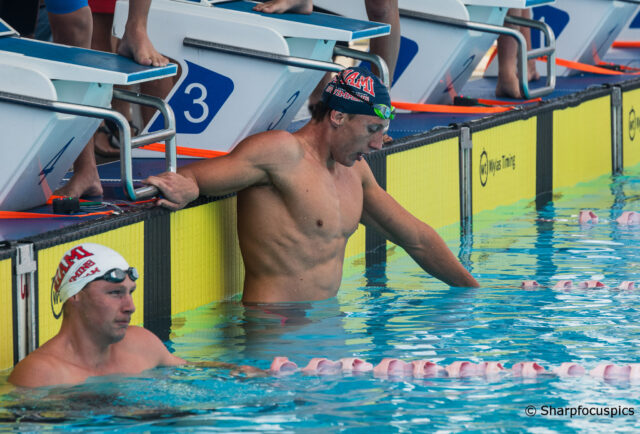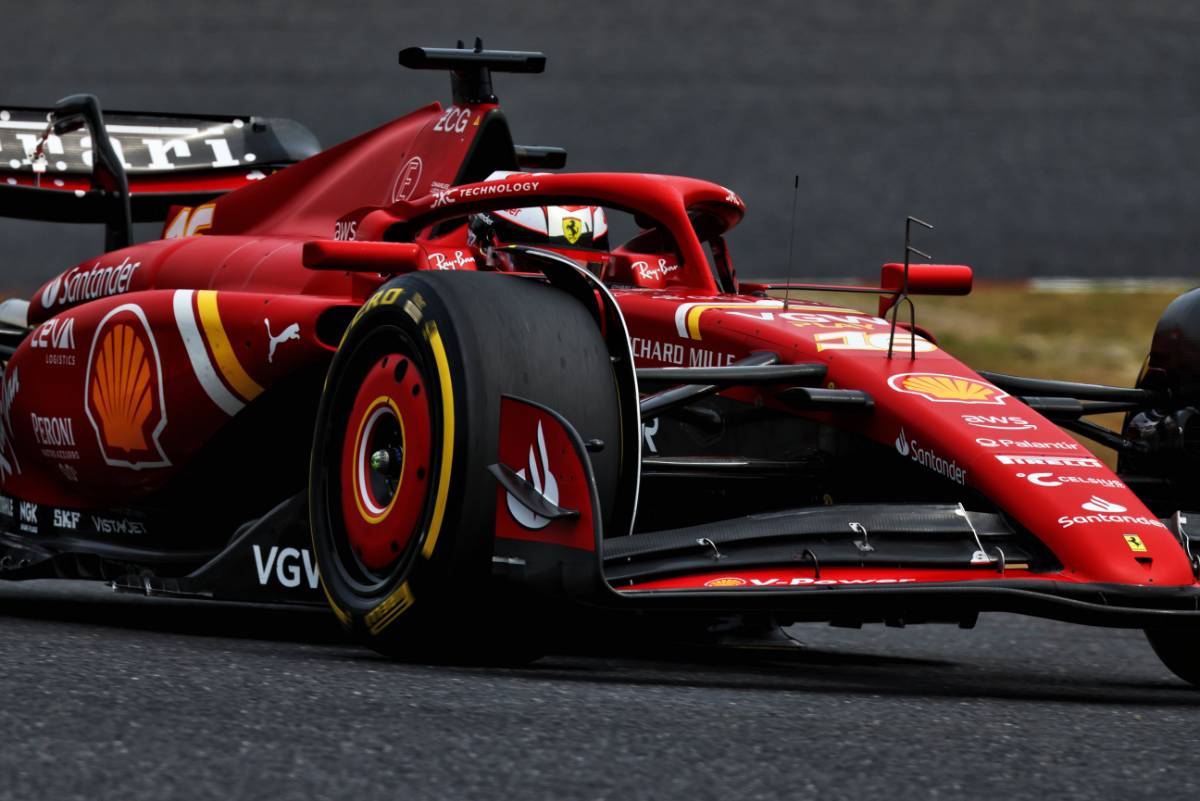By Braden Keith on SwimSwam

Swimming rules about ties and swim-offs and who advances are conspicuously vague.
We’ve seen some creative examples of determining who will advance in the case of ties. A TCU swimmer beat an LSU swimmer in a rock-paper-scissors battle to advance in the men’s 100 free at the 2013 Art Adamson Invitational. In January 2022, a pair of Tennessee teammates used a reaction game involving a cup to decide who advanced to the top 8 at a USA Swimming Pro Swim Series meet.
But last weekend in Switzerland, we saw a tie-breaker that will seem normal to a certain percentage of global sports fans, but that might trigger some trauma for American swim fans of a certain age.
At the Recontres Genevoises meet in Geneva, Switzerland, Roko Mateljic from Montenegro and Rafael de Sousa Carvalho from the Lancy-Natation club in Switzerland tied in the prelims of the men’s 50 fly in matching times of 28.99. A swim-off was held to determine which of the 14-year-olds would advance to the C-Final, but the two then tied again in 28.69 – at least according to the times on the scoreboard.
When reviewing options, one coach proposed that the times could be taken to more decimal places to determine the winner. Officials agreed, and using a little-known function on many timing systems, they reviewed more digits past the traditional tenths and hundredths.
Mateljic finished in 28.6968 seconds, while De Sousa finished in 28.6909 seconds. That mean s De Sousa was about 6-thousandths of a second faster, which comes out to almost exactly a centimeter of gap – a small, but not imperceptible, difference.
Modern swimming records times, by rule, to the hundredths only. Any further digits, if the particular timing system records them, are truncated (not rounded).
But it hasn’t always been that way. Those rules were changed after the 1972 Olympic Games, when Sweden’s Gunnar Larsson and American Tim McKee touched in matching 4:31.98s in the men’s 400 IM final. Ultimately, officials broke the tie by using thousandths of a second, declaring Larsson the gold medalist by .002 seconds.
50 years ago, timing technology could already go to the thousandths, but now, we accept the hundredths as the standard.
Technology exists to measure to the millionths of a second. Many sports already use timing to the thousandths of the second using lasers and cameras and other similar tech – for example, Luge races are recorded and announced to thousandths of a second. So too is short track speed skating.
Sports like track & field and short track and snowboard cross, where competitors are racing head-to-head, can use cameras to break ties when necessary. Those cameras range in ability, but the highest-end models can go up to 10,000 frames per second (meaning a frame is captured every 0.0001 seconds).
Sometimes even thousandths aren’t enough. At the 2012 US Olympic Trials in track & field, Allyson Felix and Jeneba Tarmoh tied for the 3rd and final spot in the women’s 100 meters. They had matching times of 11.068 seconds – tying to the hundredth. They were offered the choice of a coin toss or a run-off, but Tramoh ultimately ceded the spot.
As for this weekend’s racing, De Sousa moved up two spots in the final to finished 22nd overall – poetically in a tie with Maxime Theurillat.
SwimSwam: Switzerland Swim-Off Decided by Thousandths of a Second



















You must be logged in to post a comment Login